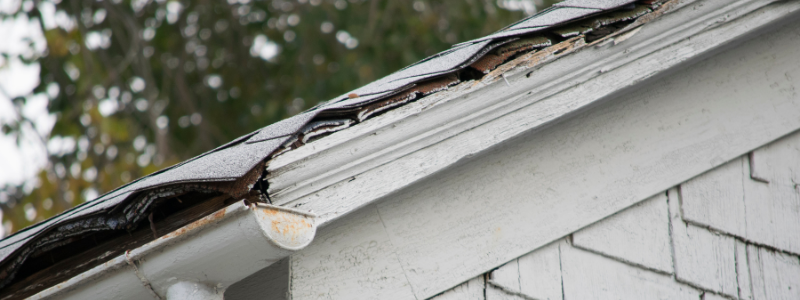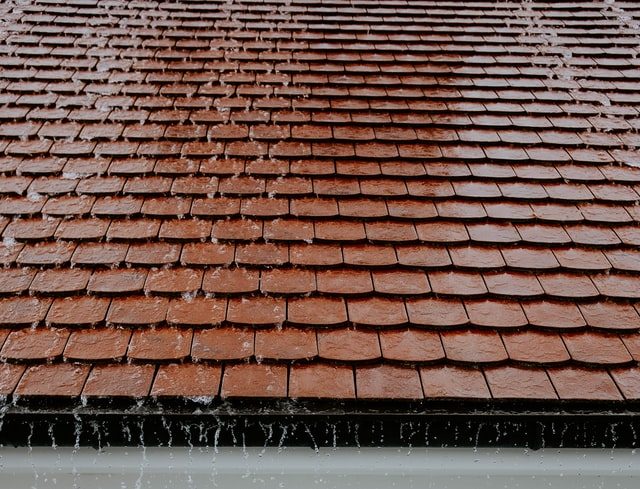Comprehensive Leak Repair - Maintain Your Home Dry and Safe
Comprehensive Leak Repair - Maintain Your Home Dry and Safe
Blog Article
The Ultimate Guide to Resolving Roofing System Leakages and Avoiding Additional Damages

Typical Reasons of Roofing Leaks
Roofing leaks can happen due to different elements, such as harmed shingles, inappropriate installation, or stopped up seamless gutters. Improper setup of roof covering materials, including flashing and underlayment, can also lead to leakages as voids or inaccurate positioning can endanger the roofing's ability to push back water effectively.
Another typical cause of roofing leaks is the presence of ice dams, which create when snow thaws and refreezes at the roofing system's side, creating an obstacle that protects against appropriate drainage. Understanding these common reasons of roof leakages is critical for reliable fixing and prevention strategies.
Recognizing the Resource of Leaks
When confronted with roof leakages, pinpointing the specific source is necessary to efficiently deal with the problem and stop further damages. Determining the source of a roof leak can be tough as water can go into the roof in one place and travel prior to leaking with the ceiling in another. To determine the source of the leak, beginning by taking a look at the interior of the building. Search for water stains, mold and mildew growth, or moisture on the ceiling or walls as these are signs of a leakage over. Next off, evaluate the attic room for indicators of water invasion such as damp insulation, mold, or water discolorations on the rafters. When you have actually recognized the general area of the leak, examine the roofing system surface for missing shingles, broken blinking, or harmed seals around vents and smokeshafts. Additionally, check for any kind of indications of merging water or debris that can be causing water to seep under the roof covering product. By meticulously exploring these areas, you can pinpoint the exact source of the leak and take ideal actions to fix it promptly.
DIY Fixing Methods
Upon recognizing the source of a roof leak, carrying out effective DIY repair techniques is essential to immediately resolve the problem and prevent further damage. One of the most common DIY repair methods for roof leaks is covering the afflicted area with roof covering concrete. This method includes cleansing the area around the leakage, using a charitable quantity of roof concrete to the broken visit homepage location, and pressing a piece of roof covering textile or patching product right into the cement to create a water resistant seal.
Another do it yourself repair technique is utilizing roofing system sealer to take care of small leakages. Roof covering sealer can be applied along joints, around blinking, and over little holes to avoid water from permeating into the roof covering structure. In addition, replacing damaged or missing out on roof shingles can also successfully repair roofing leakages. Thoroughly eliminating the old roof shingles, using roofing concrete to the rear of the new roof shingles, you can try these out and protecting it in area can aid protect against additional water seepage. When utilizing DIY repair strategies, constantly focus on safety and security by utilizing correct equipment and following recommended treatments.
Hiring Expert Assistance
Engaging the services of experienced roofing experts can give professional services for resolving roofing leakages and ensuring thorough fixings. Roof professionals are well-versed in industry ideal practices and security procedures, guaranteeing that the repair service job is lugged out efficiently and without compromising the architectural honesty of the roof covering.
When picking a roofer, make sure to investigate their credentials, experience, and online reputation in the industry. Try to find specialists who are check out here certified, guaranteed, and offer service warranties on their job to assure top quality and satisfaction. By entrusting your roof repair work needs to knowledgeable professionals, you can feel confident that the job will be done right the first time, saving you time, cash, and possible headaches later on.
Preventative Upkeep Tips
To guarantee the durability and longevity of your roofing system, carrying out positive maintenance methods is important following the conclusion of professional repair services by skilled roof covering specialists. Cut any overhanging branches to avoid them from causing damage to your roof covering throughout tornados or strong winds. By complying with these preventative upkeep pointers, you can lengthen the life of your roof covering and prevent costly repair work in the future - roof leak.

Final Thought
In conclusion, addressing roofing system leaks without delay is crucial to protect against further damage to your home. Furthermore, implementing preventative upkeep suggestions can aid to stay clear of future leaks and keep the stability of your roof covering.
Improper installment of roof products, including blinking and underlayment, can also lead to leakages as voids or inaccurate placement can endanger the roof covering's capability to push back water efficiently. An additional usual reason of roofing system leaks is the visibility of ice dams, which create when snow refreezes and melts at the roofing's side, creating a barrier that protects against proper water drainage. Identifying the source of a roof covering leakage can be challenging as water can go into the roof covering in one place and traveling before dripping via the ceiling in another.Upon determining the source of a roof covering leakage, executing effective DIY fixing strategies is important to promptly deal with the concern and prevent more damage. Roofing sealer can be applied along joints, around blinking, and over tiny holes to stop water from permeating into the roof framework.
Report this page